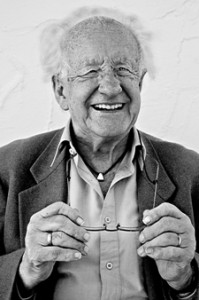Posts Tagged ‘theory of getting old’
A structural theory of ageing – or how to enjoy life meaningfully
By Johan Galtung
March 13, 2017
Wikipedia has much to offer under “aging”. Highly recommended are the 10 points by the world’s oldest living man, 114, Walter Breuning.
However, older persons, like me at 86, know their own aging best. Less trouble with “oxidant stress” as a major cause, having used anti-oxidants based on blueberry skin – no chemicals – for decades. 20,000 blood stem cells renew my blood, but they are dying. Problematic.
Rule no. 1: Keep mind and body active; maintain a good nutrition.
Obvious to counteract aging. However, equally important:
Rule no. 2: Be open to the positive sides and advantages of aging.
Bertrand Russell’s “On Being 90” in the Observer dispenses with the disadvantages as obvious, in favor of his advantage: the overview.
At the age of 5 he sat on the knee of a man who had fought Napoleon at Waterloo in 1815. The longer the lives we have lived, the more events have impinged upon us. An “overview” identifies some link, a narrative, a common factor.
That identification is often referred to as “wisdom”.
However: thigh muscles weaken, walking falters, fatigue, seeing and hearing impaired. Exercise helps, but aging is unavoidable.
Rule no. 3: At least do not fall; not breaking fragile bones, no ending up bedridden in a hospital, contracting new diseases. Equip the room, the home, the context with handles and handrails.
Then the mental aspects of aging: memories failing, not only of recent events, less ability to handle many and simultaneous stimuli.
As a result, many and more mistakes reinforcing the sense of aging.
Rule no. 4: Simplify the context, contract the circle of living. Be realistic, change the structure of daily life, narrow the circle to what can be handled easily: the ward, the village, the context, the home, the room–but then equipped with a maximum of music, books, social media, as enriching as possible. Read the rest of this entry »
